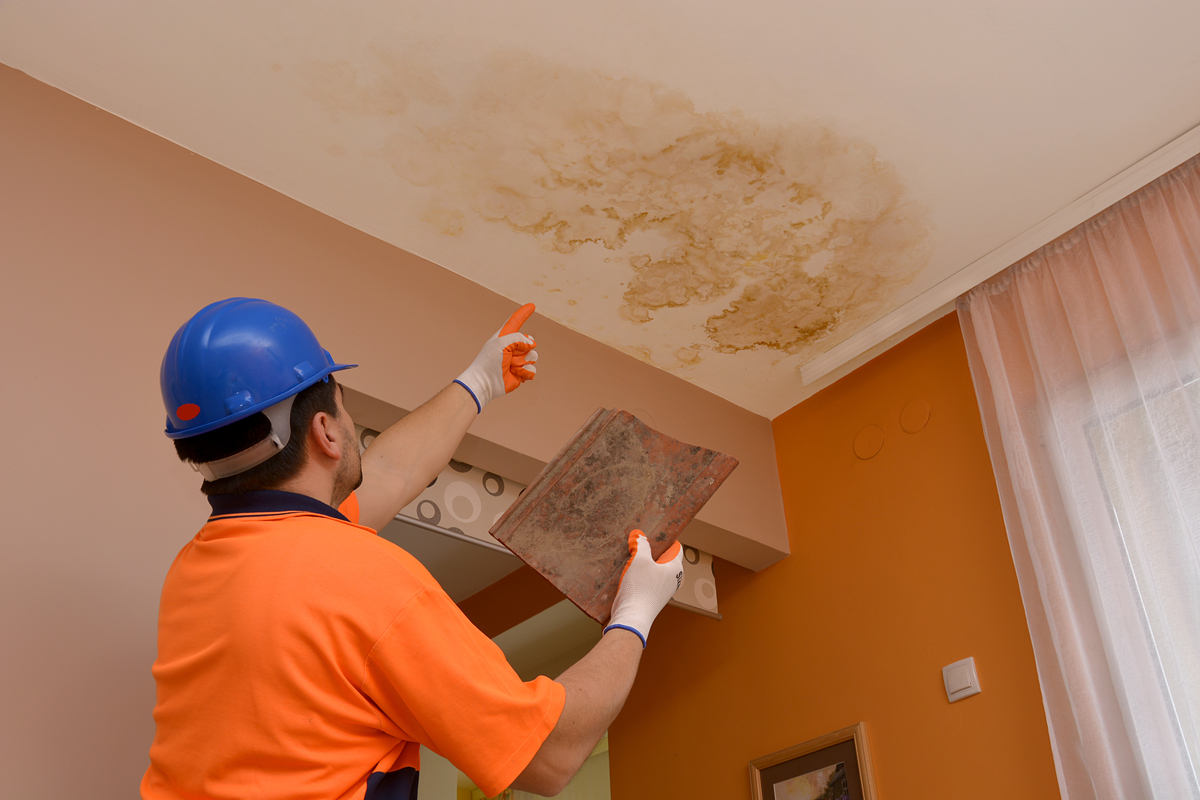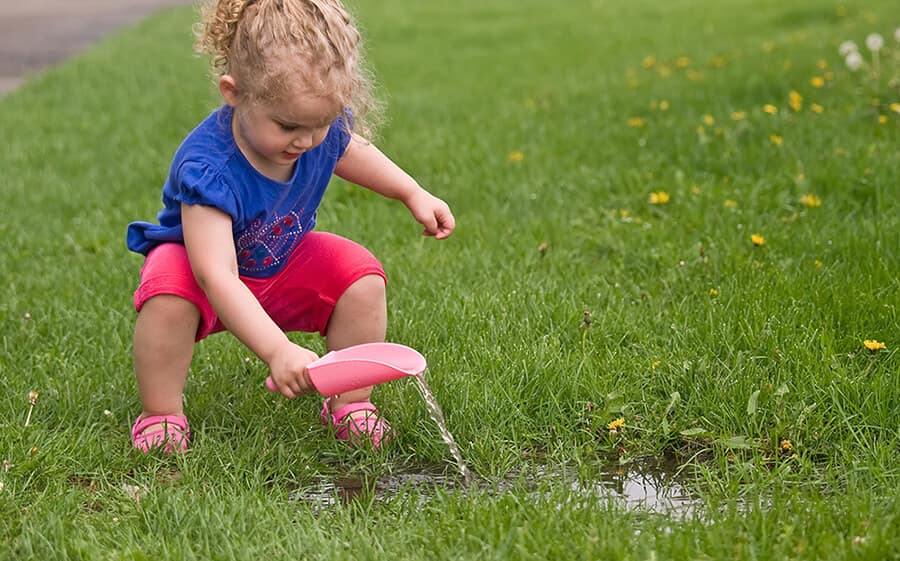Get to Know 6 Principal Factors For Water Leaks Within Your Home
Get to Know 6 Principal Factors For Water Leaks Within Your Home
Blog Article
Do you find yourself hunting for ideas about Top Causes of Home Water Leaks?

Leakages not just trigger waste of water however can also trigger unnecessary damages to your home as well as advertise undesirable natural growth. Sadly, water leaks might go unnoticed given that a lot of the pipework in our house is concealed. By comprehending as well as looking for everyday situations that cause leaks, you can secure your home from future leaks and also unnecessary damage. Today, we will certainly check out 6 leakage causes that may be triggering your pipes to trickle.
Elbowing in roots
Many water leakages begin outside your home rather than inside it. If you see an unexpected decrease in water stress, state in your faucet, take time to head out and also analyze your lawn. You could notice wet spots or sinkholes in your lawn, which might indicate that tree roots are getting into water lines creating water to leak out. You can have your plumber look for invasion, specifically if you have trees or hedges near your home.
Corroded water supply
As time goes by, your plumbing system ages and also rust such as corrosion may start gnawing the pipes. This could be the source of discoloration or bending on your pipes. This calls for an inspection with your plumber promptly. Consider replacing the pipelines since they are at a higher threat of deterioration than the newer designs if our plumbing system is old.
Faulty Pipeline Joints
The point at which your pipes link is frequently the weakest link in the waterline. Pipe joints can deteriorate with time, resulting in water leakages. The majority of pipeline joints are not easily noticeable. If you have noisy pipes that make ticking or banging noises, especially when the warm water is turned on, your pipeline joints are probably under a great deal of stress. It is suggested to have your plumber check your system yearly.
Immediate temperature level changes.
Extreme temperature modifications in our pipelines can cause them to increase and also get unexpectedly. This growth as well as contraction might trigger splits in the pipelines, particularly if the temperature level are below freezing.
Poor Water Connectors
Sometimes, a leak can be caused by loosened hose pipes as well as pipelines that provide your home appliances. Most of the time, changing is what creates the loosened water Links. You could find in the case of a cleaning maker, a tube may spring a leak because of trembling throughout the spin cycle. In case of a water connections leak, you may see water running directly from the supply line or puddles around your devices.
Clogged Drains
Blocked drains pipes could be frustrating and inconveniencing, but they can occasionally end up triggering an overflow leading to rupture pipes. Keep getting rid of any type of materials that might drop your drains pipes that could clog them to prevent such hassles.
All the above are root causes of leaks however not all water leakages arise from plumbing leakages; some leakages could originate from roofing leakages. All leaks need to be fixed immediately to stay clear of water damages.
Leakages not just create waste of water however can likewise cause unnecessary damages to your home as well as advertise unwanted natural growth. By looking and understanding for daily situations that trigger leakages, you can protect your residence from future leakages and unnecessary damages. Today, we will certainly look at 6 leak triggers that may be creating your pipelines to leak.
At times, a leakage can be created by loose hoses and pipelines that provide your home appliances. In situation of a water connections leakage, you may observe water running straight from the supply line or pools around your devices.
How To Check For Water Leak In Your Home
How To Check for Leaks
The average household's leaks can account for nearly 10,000 gallons of water wasted every year and ten percent of homes have leaks that waste 90 gallons or more per day. Common types of leaks found in the home are worn toilet flappers, dripping faucets, and other leaking valves. These types of leaks are often easy to fix, requiring only a few tools and hardware that can pay for themselves in water savings. Fixing easily corrected household water leaks can save homeowners about 10 percent on their water bills.
To check for leaks in your home, you first need to determine whether you're wasting water and then identify the source of the leak. Here are some tips for finding leaks:
Take a look at your water usage during a colder month, such as January or February. If a family of four exceeds 12,000 gallons per month, there are serious leaks.
Check your water meter before and after a two-hour period when no water is being used. If the meter changes at all, you probably have a leak.
Identify toilet leaks by placing a drop of food coloring in the toilet tank. If any color shows up in the bowl after 10 minutes, you have a leak. (Be sure to flush immediately after the experiment to avoid staining the tank.)
Examine faucet gaskets and pipe fittings for any water on the outside of the pipe to check for surface leaks.
Undetected water leaks can happen without the home or business owner even realizing. If you suspect a water leak, but not able to find the source. It is time to contact a professional water leak detection service, The Leak Doctor.
How To Find a Water Leak In Your Home
https://www.leakdoctor.com/blog/How-To-Check-For-Water-Leak-In-Your-Home_AE197.html

Hopefully you enjoyed reading our topic about Top Causes of Home Water Leaks. Thanks a lot for taking a few minutes to browse our short article. Are you aware of another person who is occupied with the subject? Take a moment to share it. Many thanks for your time. Visit again soon.
Click For More Information Report this page